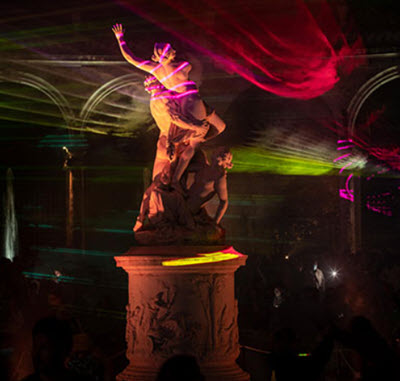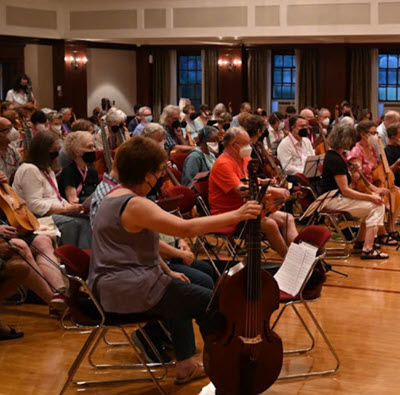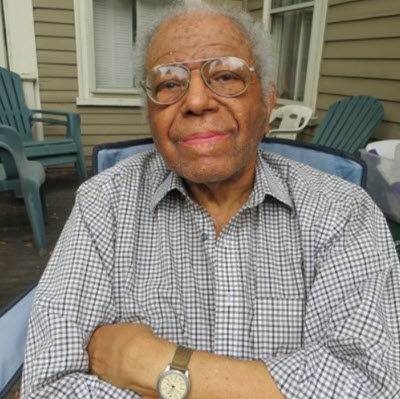by Mark Kanny
Published September 16, 2019
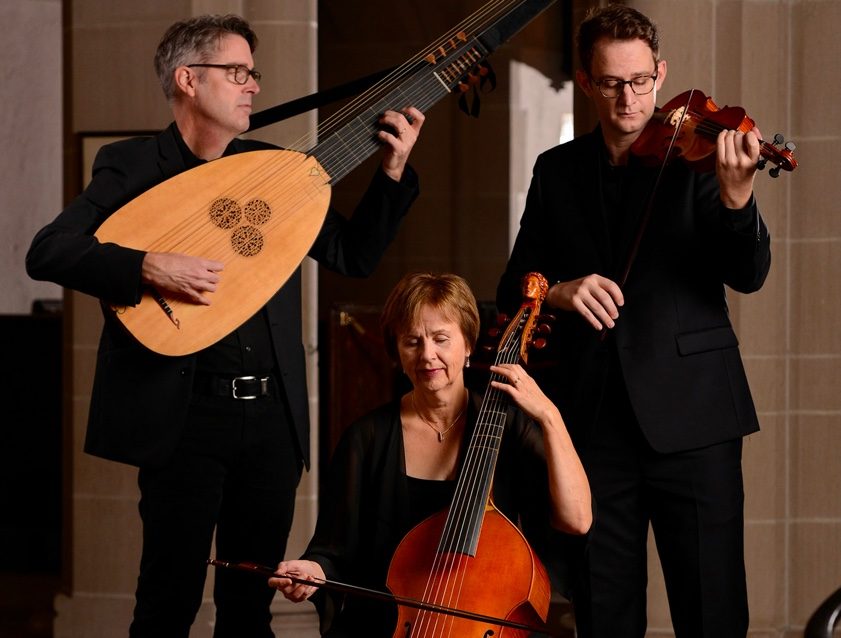
PITTSBURGH — Mergers can be risky business, but Chatham Baroque is looking to build on the initial success of joining forces with Pittsburgh’s Renaissance & Baroque, a presenting organization, at the end of the 2017-18 season.
“Last year was more successful than we had even hoped,” says Donna Goyak, Chatham Baroque’s executive director. She reports attendance increased 32.5 percent in the first year of the merger. Non-board member contributions rose 21 percent.
The combined organization is by far the major player in early-music performance in Pittsburgh. When Pittsburgh Opera presents Baroque opera, Chatham Baroque is the core of the orchestra. When local churches offer Baroque music at Christmas and Easter, Chatham Baroque often is a key participant in the ensembles. Historically informed performance practice is part of the curriculum at Carnegie Mellon University’s School of Music, where it is led by flutist Stephen Schultz, who will be part of Chatham Baroque’s final concert of the 2019-20 season.
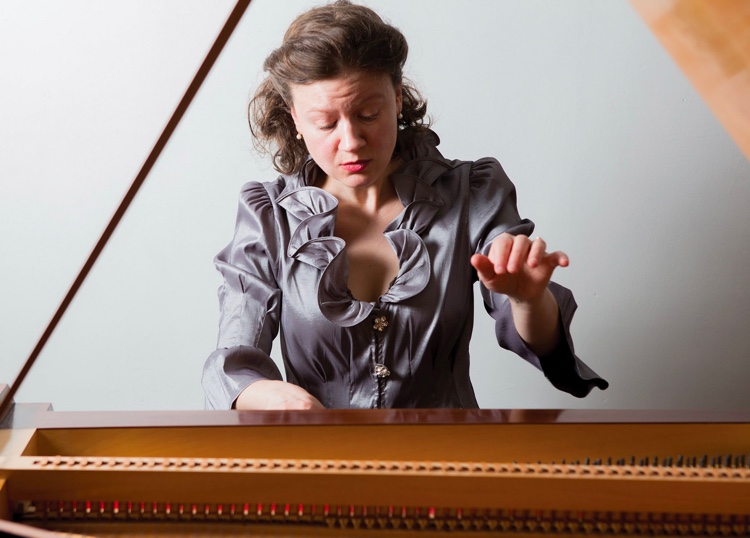
The success of the merger was facilitated by trust and rapport built up over the preceding six months, when Chatham Baroque managed Renaissance & Baroque concerts. Even so, there were some surprises during the post-merger analysis.
“We didn’t know how much overlap there was in audiences,” says Goyak. “But given such clear mission alignment between the two organizations, we were surprised how little crossover there was. In fact, there was only 11 percent overlap on mailing lists, six percent on the email lists.”
The 2019-20 season was planned by a programming committee consisting of the three artistic directors of Chatham Baroque – Andrew Fouts, violin, Patricia Halverson, viola da gamba, and Scott Pauley, theorbo and other fretted instruments – plus Goyak and members of the board of directors. The new season is most oriented to Baroque music, and while there’s hardly any Renaissance repertoire, there are two concerts of medieval music.
Concerts are performed at a variety of locations in many Pittsburgh neighborhoods, including the acoustically superb Synod Hall in Oakland and at Chatham University in Squirrel Hill.
The season’s opening program September 20-22 is titled “Foreign Accents.” It exemplifies the increased opportunities for collaboration that made the merger so appealing to Chatham Baroque, which will team with The Four Nations Ensemble, based in New York, and Canadian soprano Pascale Beaudin in cantatas by Bach, Handel, and Scarlatti written in languages and styles foreign to the composers’ own nationalities.
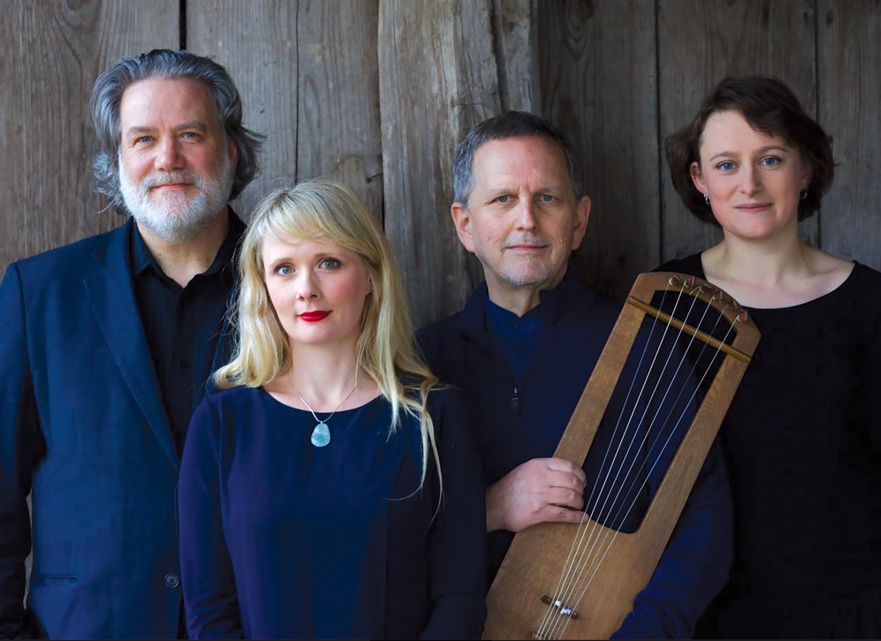
Bach never set foot outside of Germany but was fascinated by other national musical styles. His “Non sa che sia dolore,” Cantata No. 209, is a secular work in Italian about the sorrow of a friend moving away. The exquisite flute part will be played by Charles Brink of The Four Nations. Handel did travel and wrote his only work in Spanish, “No se emenderá jamás,” in 1707 while in Rome, five years before the German composer found his future in London. The accompaniment of this cantata about a heart broken by love is led by guitar, which will be played by Pauley.
The Pittsburgh debut of fortepianist Sylvia Berry on October 5 in “Haydn in London” will feature works by four composers performed on an 1806 fortepiano made in London by John Broadwood and Son that has been restored by Berry’s husband. The major pieces are Haydn’s big Piano Sonata in E flat major and Muzio Clementi’s G minor Sonata, Op. 34, No. 2.
Berry notes that the fortepiano’s advantages include better balance because the bass is not overpowering and playing quickly is easier due to the shallow movement of the keys. Slow tempos are less practical as tone decays more quickly than on modern pianos. Berry emphasizes that late 18th-century keyboard style is closer to speaking than singing, to conversations rather than arias.
Chatham Baroque will be joined November 16 and 17 by the vocal ensemble Pittsburgh Camerata and extra instrumentalists for “Welcome to All Pleasures,” featuring both of Henry Purcell’s celebrated odes for St. Cecilia’s Day. Hail! Bright Cecilia from 1692 is the larger in scale and one of this composer’s best-known compositions. Purcell wrote Welcome to All the Pleasures in 1683.
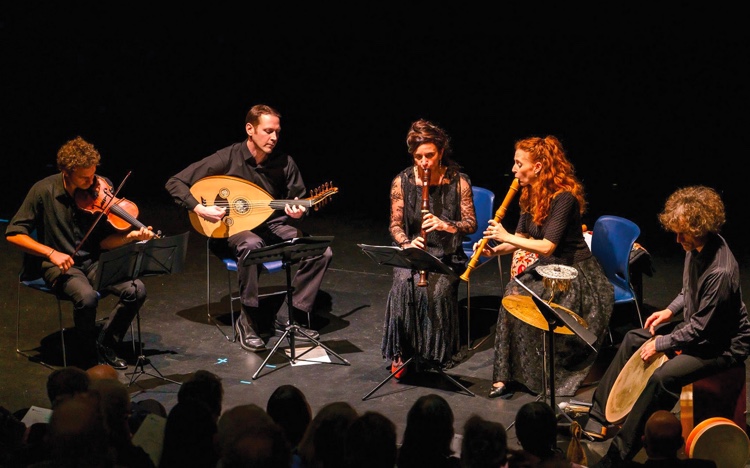
Fouts admires “the whole palette of Purcell’s tone colors in his exploration of music and art. Love, life, and the cosmos are intertwined and inspired by this patron saint” of music. “Purcell expressed beauty through dissonance arriving at consonance unexpectedly and with striking harmonic motions.”
Extra players also will join Chatham Baroque for a holiday feast of fetching string music, “Capriccio Stravagante,” December 5-8. The program’s title is taken from a piece by Carlo Farina, an early Baroque virtuoso violinist and composer who died in 1639. His Capriccio Stravagante is programmatic, evoking the sounds of animals and nature. Corelli’s Christmas Concerto is the other major work. The program will be completed by 16th-century dance music by Anthony Holborne and Michael Praetorius.
The season’s earliest music will be performed by legendary vocalist and harp player Benjamin Bagby and Sequentia, his medieval ensemble, on January 14. Some of the selections in “Charms, Riddles and Elegies of the Middle Northlands” date back to the 9th century and were carried forward by oral tradition for hundreds of years before being written down. The medieval Northlands stretched from the foothills of the Alps along the Rhine river. The program, which debuted earlier this year, employs charms and riddles as emotional antidotes to the elegies. The charms — in old German, Latin, and English — preserve folk wisdom, magical incantations, and even recipes for herbal cures.
“Riddles are a favorites pastime of English poems, difficult to decipher in a hermetic language,” Bagby says. Translations will be projected in time with the performance. Instruments will include a six-string German harp, triangular harps, and wood and animal bone flutes.
Chatham Baroque’s annual “The Art of the Trio” program February 14-16 will focus on stylus fantasticus sonatas by Dietrich Buxtehude and Johann Schmeltzer and suites by Philipp Heinrich Erlebach and Nicola Matteis. Erlebach was a prolific mid-Baroque German composer, but most of his vocal and instrumental music was destroyed in a fire 21 years after his 1714 death. His suites begin with movements in Italian sonata style before shifting to French dance styles.
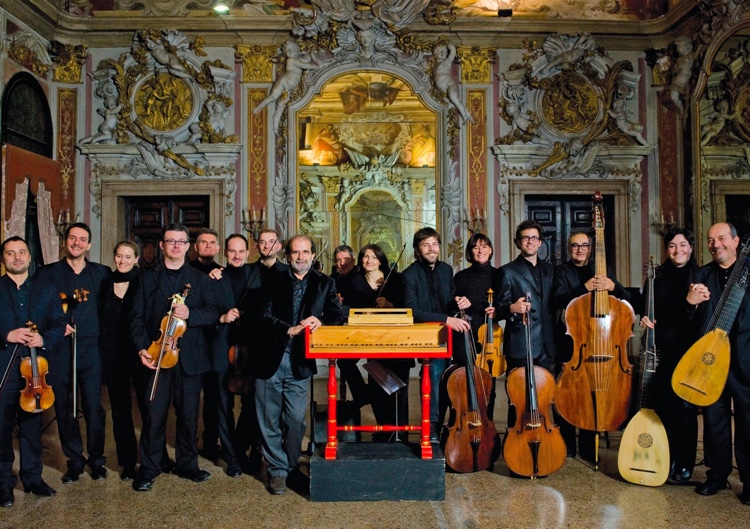
Fouts is proud that his organization will present the Venice Baroque Orchestra in “Vivaldi and the Apotheosis of the Concerto in the 18th Century” on February 29 because he doesn’t think there is a better ensemble for high Baroque music, with its “iconic sound and style — a standards bearer and bar setter.”
The program includes the exquisite and well-known Concerto for Two Cellos in G minor, as well as the Recorder Concerto in D major, “Il Giardellino.” The only music not by Vivaldi is Francesco Geminiani’s Concerto Grosso in D minor (“La Folia”), which is based on Arcangelo Corelli’s famous Violin Sonata Op. 5, No. 12.
Ancient harmony and improvisation mix in the East of the River ensemble, founded in 2008 by recorder players Nina Stern and Daphna Mor, which will perform “Hamsa: Music from Andalusia, the Ottoman Empire, North Africa, and the Sephardic Diaspora” on March 14. Other instruments in the ensemble are violin, oud, and percussion.
The earliest music they’ll perform will be 11th-century Armenian chants. Much of the repertoire is from the Sephardic diaspora, when Spanish Jews were expelled, starting in 1492, and ended up in Morocco, Turkey, and Balkan lands. Several texts follow the lead of the Bible’s Song of Songs in using a beautiful woman as a metaphor. Others are intended for the Jewish High Holidays. Examples of Ottoman Empire court repertoire will complete the program.
The music is organized according to middle eastern Makim, a modal system that encompasses more than 100 varieties and includes quarter tones that require special fingerings on the recorders.
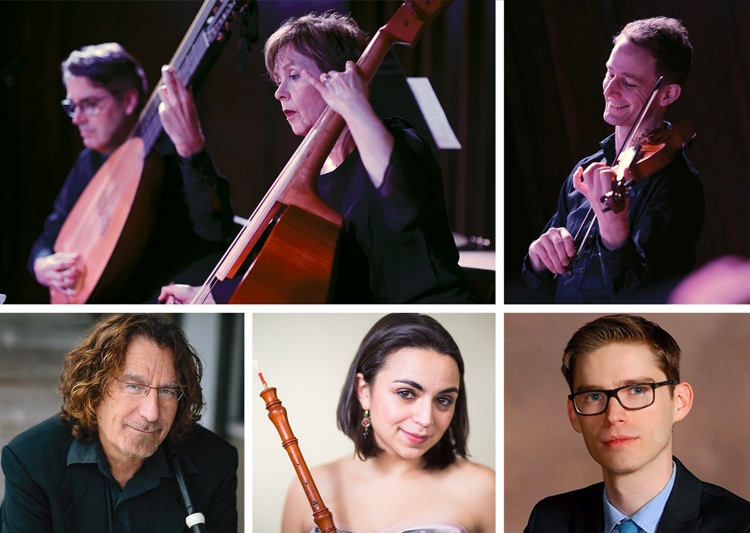
Flutist Stephen Schultz, oboist Caroline Giassi, and harpsichordist Justin Wallace will join Chatham Baroque to conclude the season April 3-5 with “Les Nations,” a program of French Baroque music. Music from François Couperin’s Les Nations will be featured. “Les Nations combines French sensibility with lots of ornamentation with the very contrapuntal feel of Italian music, which is for me the best of both worlds,” says Schultz.
The Italian trio sonata portions of these pieces were published by Couperin early in his career under a pseudonym, long before he added French dance movements to each of the suites. These performances will take advantage of the scores’ indications that the top line may be played by flute, oboe, or violin. The program also will include a Paris Quartet by Georg Philipp Telemann and instrumental suites by Marin Marais and Jean Philippe Rameau.
Mark Kanny was classical music critic of the Pittsburgh Tribune Review, 1999-2016, and previously wrote for the Pittsburgh Post-Gazette, New York Times, and other publications.

